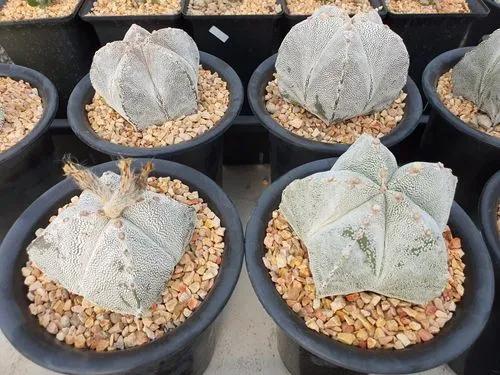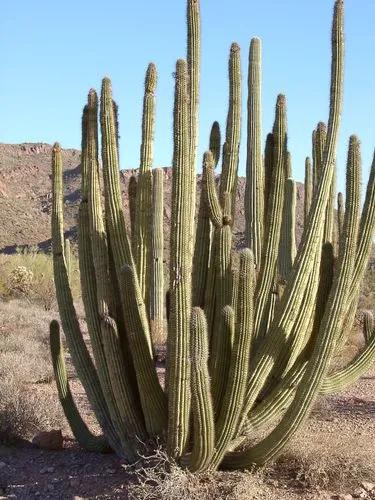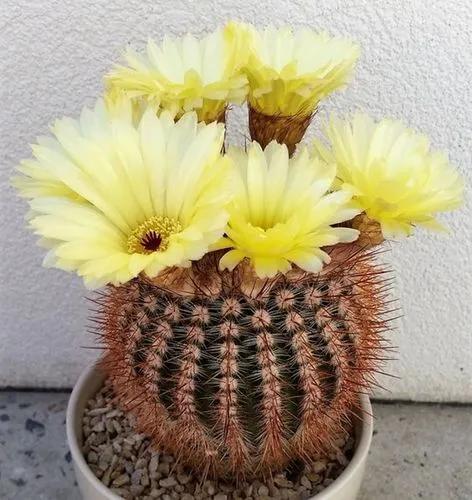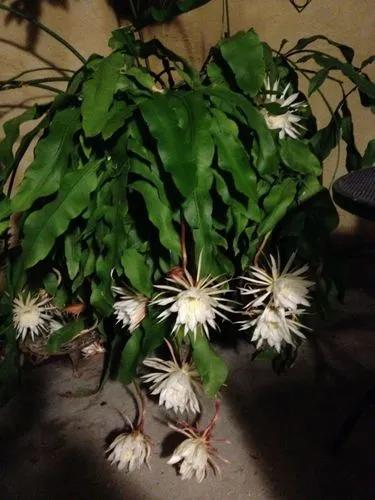Cactus Euphorbia (often mistaken for a cactus, though in reality, it’s a succulent) is a perfect addition to any outdoor or indoor garden. If you’re looking for something resilient, striking, and low-maintenance, this is the plant for you!
Cactus Euphorbia Care
Cactus Euphorbia



Native to arid regions of Africa and Madagascar, Cactus Euphorbia is a tough succulent. It can grow anywhere from 6 to 10 feet tall (1.8–3 meters), depending on the species. Its thick, green stems are segmented, resembling a cactus, with sharp spines running along the ridges. Some varieties even produce small, delicate flowers. This plant stores water in its stems, making it highly drought-tolerant.
How to Care for the Plant

Water

Water whenever the top couple inches of soil feels dry from spring to fall when the plant is actively growing. During the winter, reduce watering to only when the plant shows signs of wilt.

Pruning

Cut off the stem at its base where it attaches to the main plant. Be very careful not to cut into the main stem! It's important to stem the flow of white latex from the cut end of the stem you removed if you want to start a new plant with it and especially from the cut area on the main stem.

Fertilizer

Feeding requirements vary by Euphorbia species, but in general all of the plants will benefit from some fertilizer. Adding compost or a balanced organic fertilizer to a new plant will help to promote healthy growth. Then, many Euphorbia species will do fine with a weak liquid fertilizer applied throughout the growing season. Container plants typically need more feeding than ones grown in the ground. And a plant that develops yellowing leaves at the bottom is one that's in need of feeding.

Sunlight

Succulent euphorbias like the African milk cactus need to be under bright yet indirect sunlight for at least four hours each day.

Soil

All Euphorbias varieties, need well-draining soil. A sandy soil with a slightly acidic to neutral soil pH is best, though most will do fine in slightly alkaline soil as well. When grown in containers, Euphorbia should be planted in a cactus/succulent potting mix.

Temperature

Most Euphorbia species can tolerate hot temperatures and prefer a warm environment with average daytime temperatures around 80 degrees Fahrenheit. Cold tolerance varies among the species. Some will handle a light frost while others don't grow well in temperatures below roughly 55 degrees Fahrenheit.

Container

These plants are adopted for cultivation outdoors but they also grow well in pots or containers that can be placed inside or outside the house.

Additional

People who handle Euphorbia plants should wear eye protection. It is always advisable to ask the patient to bring a sample of the plant for identification.
Euphorbia is a very large genus of plants with more than 2,000 species. About 1,200 of them are succulents, some with bizarre shapes and wide, fleshy leaves and others that look remarkably like cacti, complete with spines. Most Euphorbias bloom in the spring or summer and go dormant in the winter.
Popularity

210 people already have this plant 47 people have added this plant to their wishlists
Discover more plants with the list below
Popular articles






